Zeiss Otus ML 85mm f/1.4 Review: A Costly Decision
Zeiss is a famous and prestigious name in the world of optics, and it is very willing to partner with other brands to bring the weight of its name to the table. So often we see the Zeiss name attached to Sony products, Vivo smartphones, Contax cameras, and Cosina optics, to name a few brands, both past and present.
But it’s not often that we see dedicated products released solely under the Zeiss brand, but Zeiss recently came out with a 50mm f/1.4 dedicated mirrorless lens under the illustrious Otus line.
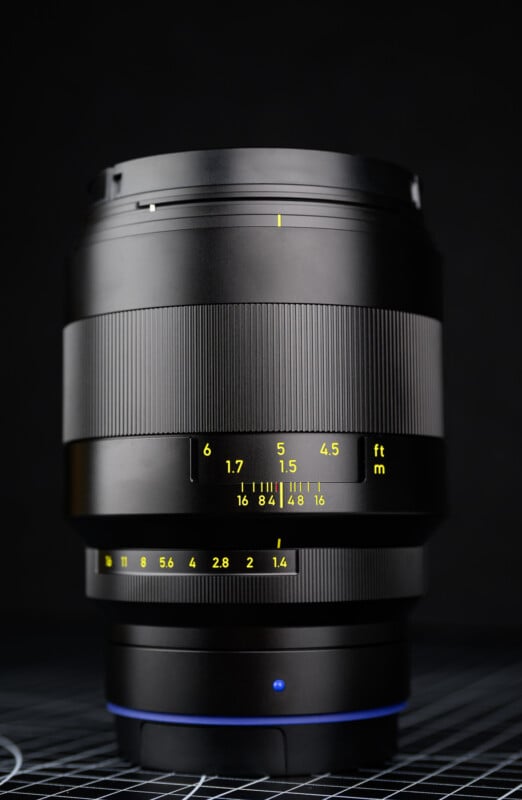
If I’m being completely honest, I was a little underwhelmed by the 50mm because of its distressing price-to-performance ratio. However, the 85mm Otus f/1.4 ML is on the market now and I am diving into this latest offering hoping for a better experience.
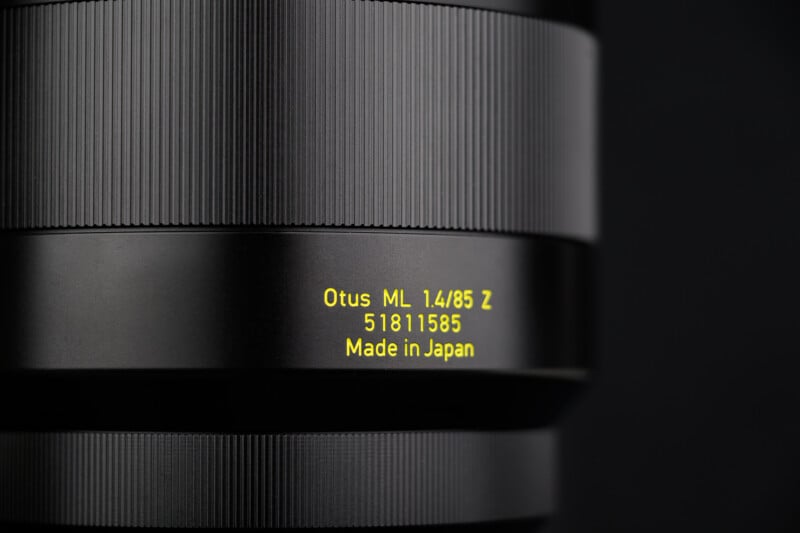

Zeiss Otus 85mm f/1.4 ML Review: How It Feels
The new Otus line carries the same attention to build quality that Zeiss optics are famous for with precision metal construction and rugged weather-sealing. However, the mirrorless design does allow for a slightly more compact structure and less weight than the Otus line previously delivered. Despite this fact, the Otus 85mm is still a pretty bulky chunk of metal to carry around, with a 77mm filter diameter and a portly 37.43 ounces (1061 grams) in the Nikon Z-mount version that I tested.
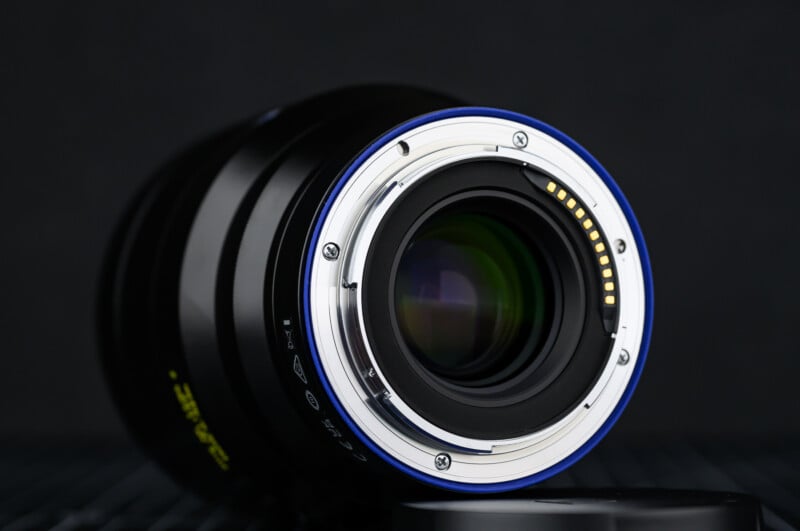
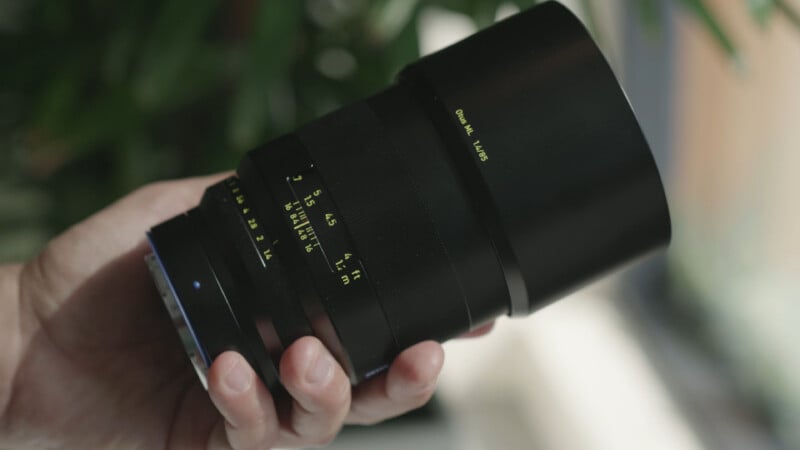
Part of the heavier weight is due to the solid metal construction and that even starts with the hood. The bayonet-style hood is all metal and has flock lining to prevent reflections. There is a massive manual focusing ring with an incredibly well-damped tension to it. It’s important to point out that the lens throw is extreme, with manual focusing from near to far requiring a full 360-degree turn to complete. This provides accurate and measured focusing but can be a pain if you need to focus with a major distance change.
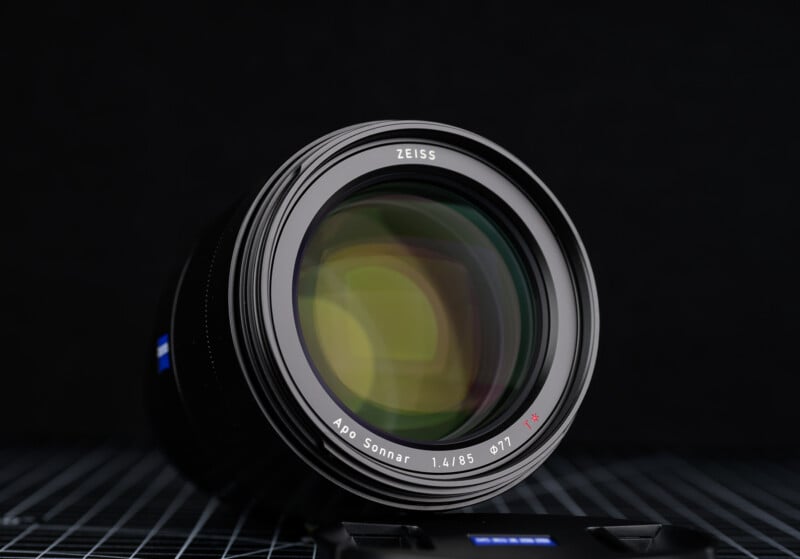
There is an indexed aperture ring which has forced click-stops from f/1.4 to f/16. I like the etched and painted numbering on the lens and the weather-sealing around the lens mount. Zeiss certainly knows how to make a lens feel solid and prestigious when it comes to the design and build quality.
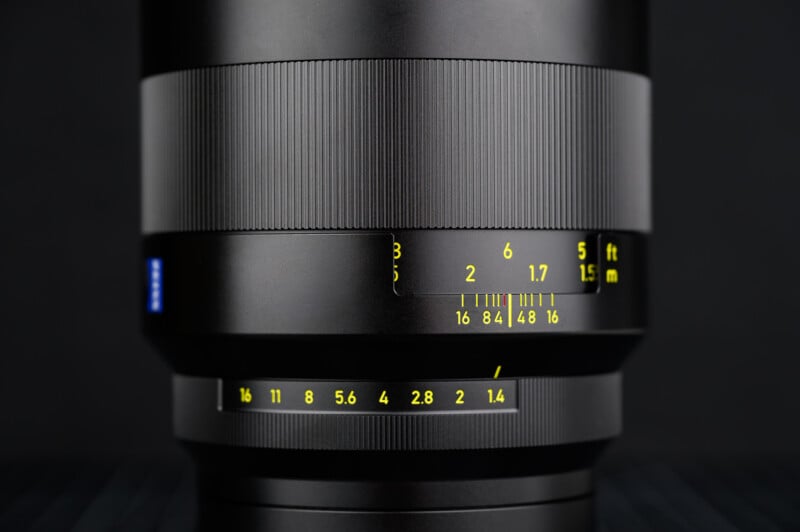
Zeiss Otus 85mm f/1.4 Review: How It Shoots
Let’s start with the famous Zeiss T* coatings that have been in use for decades. They do a good job of preventing flare from causing issues with the lens, at least as far as maintaining good contrast when shooting at bright light sources. There is a bit of ghosting visible at f/1.4 though, and this color cast remains when the aperture is stopped down.

I was happy to see a lack of any distinct chromatic aberrations (CA). The 50mm Otus suffered from some obvious color aberrations, but the 85mm is incredibly clean. There are no longitudinal chromatic aberrations (LoCA) at f/1.4 that would cause any issues in post production. The Zeiss Otus lenses are designed to correct for issues like CA and distortion without resorting to digital corrections afterward, requiring serious optical engineering and precision. At a time when most lenses use digital corrections to allow for more compact lens designs, this engineering required has to be appreciated in the Otus lenses.

Sharpness is very good, with excellent detail throughout the image at f/1.4. There is some vignetting present in the corners when shooting wide open but this all goes away after closing down the lens a couple of aperture stops. There is no dreamy haze or softness to the contrast when shooting at f/1.4 which I did find present in the 50mm version. The 85mm really reminds me of the Zeiss lenses of the past which provided a sharp and contrasty image at any aperture.
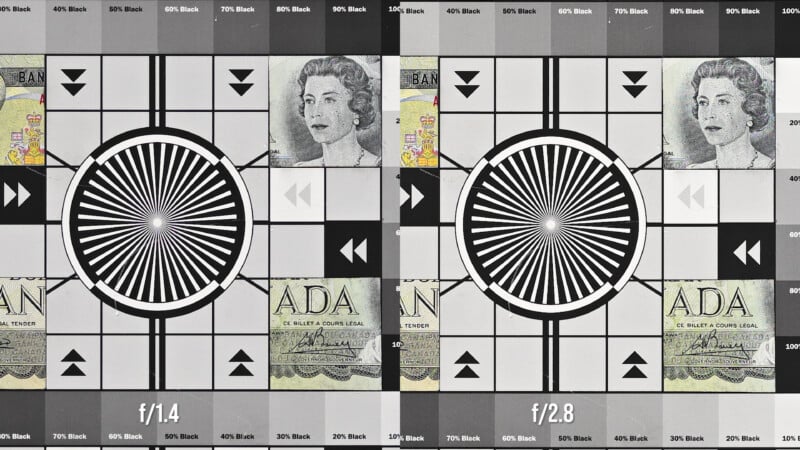


![]()
![]()
Bokeh is also quite pleasant-looking, with soft transitions between areas of focus. This is largely thanks to the clean specular highlights and lack of strong soap bubble effect. There was a very slight onion ring look to the highlights but this isn’t strong enough to cause issues, and I felt the overall look to the bokeh was smooth and natural.

![]()
![]()
![]()
I did find the Zeiss 85mm to have a fair amount of lens breathing, which causes the field of view to change quite dramatically as the focus is moved from near to far. Using this lens for video work makes sense given its interesting character and buttery-smooth manual focusing, but the lens breathing could be quite distracting.
![]()
![]()
![]()
Zeiss Otus 85mm f/1.4 Review: High Quality for a High Price
I really enjoyed the images that came out of the Zeiss 85mm Otus lens. It looks and shoots like the prestigious Otus lenses that I remember from the DSLR days. However, the downsides are pretty serious, and have to be factored in to the equation. I did find the lens overly heavy and bulky when walking around. In the studio, this would obviously be less of an issue, but I didn’t enjoy the experience of walking around with it as much. The manual focus experience is really nice, but of course, many users will quickly miss the option for quick autofocusing.

![]()
![]()
Finally, the lens is very expensive at just shy of $3,000, and there are also many excellent alternatives available. As good as the Zeiss 85mm Otus is, it makes little sense from a practical standpoint, except for the users who specifically want the manual focusing experience, and who also want to avoid a lens that relies on digital corrections in camera. I feel like the demand for this lens is going to be small indeed, but for those who relish the idea of the Zeiss Otus line, the 85mm will bring them much joy.
![]()
![]()
![]()
Are There Alternatives?
In the Nikon Z mount, the Nikkor 85mm f/1.2 S is an exceptionally good lens, which also provides more light for less money, and at roughly the same weight. Sony E-mount offers even more choices. The G Master 85mm f/1.4 II is much lighter, optically amazing, and only two-thirds of the total price. Or go for the Sigma 85mm f/1.4 Art and save a ton of weight, and even more money. The exorbitant price of the Zeiss unfortunately pits it against some excellent alternatives.
![]()
![]()
![]()
Should You Buy It?
Maybe. This is a really tough sell for most people. Only those who highly value the look and feel of this manual focus lens will appreciate its uniqueness.